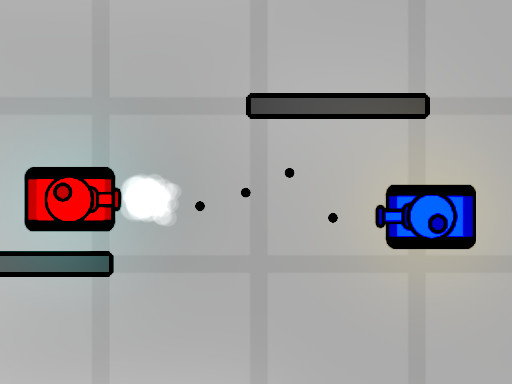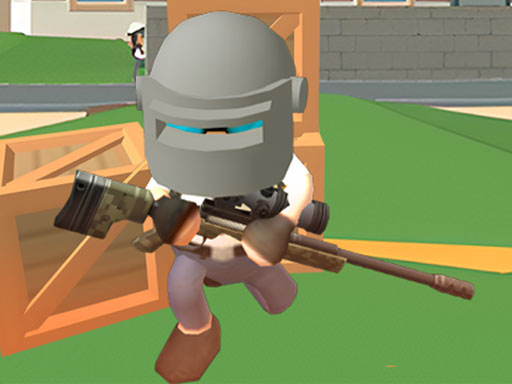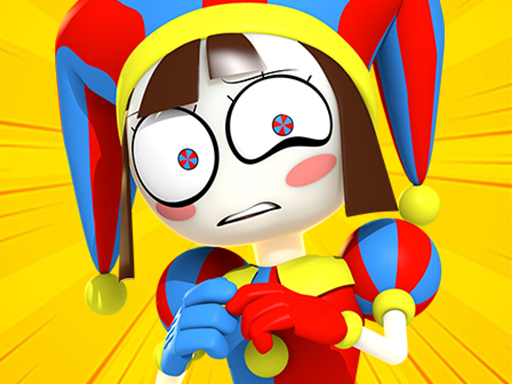HTML5 games are designed to be accessible, interactive, and easy to play directly within a web browser. However, for avid gamers and curious players, there's always something exciting about uncovering hidden tricks, secrets, or Easter eggs within these games. These hidden features are often intentionally placed by developers to reward players who explore, achieve specific milestones, or discover unusual game behaviors. In this article, we will explore some of the most interesting hidden tricks in popular HTML5 games that developers have revealed or unintentionally left for players to find.
1. Hidden Easter Eggs and Bonus Content
What It Is:
Many HTML5 game developers leave Easter eggs—hidden surprises or references to other games or pop culture—as a reward for players who dig a little deeper. These can include bonus content, hidden levels, or special game modes.
Examples:
- Google Chrome Dino Game: When playing the offline "Dino Game" in Chrome, if you press certain keys (e.g., down arrow), you can trigger a night mode that turns the background dark. Another fun trick is that if you press the space bar repeatedly while the dinosaur is running, you can start a mini-game of dodging flying birds, which was not initially apparent to players.
- Pac-Man 256: In the HTML5 Pac-Man 256, players can unlock a "Glitch" mode, which is essentially a hidden level that presents an endless maze and special power-ups that are unique to the Glitch theme. The level is often not visible until specific milestones are reached in the game.
Developer Insight:
Developers enjoy adding Easter eggs as a form of acknowledgment for players who explore the game deeply. It’s also a way to inject humor or references that only dedicated players will catch. This kind of hidden trick can be seen as a reward for those who take the time to engage with the game beyond its basic premise.
2. Unlockable Skins and Cosmetics
What It Is:
Cosmetic items such as skins, outfits, and character customizations are commonly hidden in HTML5 games as part of secret content. While some skins may be available through in-game purchases or milestones, others are often locked behind secret conditions or discovered by completing specific challenges.
Examples:
- Slither.io: While Slither.io is known for its multiplayer action, it also has hidden skins that players can unlock by typing specific names in the username box. For example, typing "slither" unlocks a skin that gives your snake a unique appearance.
- Agar.io: In Agar.io, players can unlock skins by using codes or participating in special events, such as typing "Cheese" in the username box to receive the Cheese skin, which is a fun trick many casual players don’t know.
Developer Insight:
Cosmetic unlockables are often added by developers to encourage longer playtime and engagement. While they don't affect gameplay, these skins provide a way for players to show off their accomplishments or unique playstyle, and secret skins add an element of surprise.
3. Cheat Codes and Hidden Power-ups
What It Is:
In many games, cheat codes or hidden power-ups are buried within the game's design. These power-ups can offer players enhanced abilities, invincibility, or unique advantages that aren’t available through normal gameplay.
Examples:
- Flappy Bird HTML5: While it might seem simple, some versions of Flappy Bird hidden cheat codes within the game’s code. By manipulating the game via the browser’s developer tools, players could enable cheats like unlimited lives or "God Mode," which essentially allowed them to pass through obstacles unharmed.
- Geometry Dash: In Geometry Dash, players can unlock secret levels or bonus stages by completing in-game objectives like collecting coins or achieving specific milestones. Some levels have hidden power-ups that can be used in later stages for easier progress.
Developer Insight:
Cheat codes are often put into games for fun or to provide an easter egg for players who want to experiment. Developers may not always intend for them to be easily discovered, but once players find them, it can extend the life of the game as users share their discoveries with others.
4. Developer Tools and Debugging Modes
What It Is:
In certain HTML5 games, developers include hidden debugging tools that players can access to change game parameters or unlock hidden features. These tools are typically not meant for regular players but can be discovered by those who are familiar with web development and coding.
Examples:
- QWOP: In the QWOP HTML5 game, players can manipulate the game using browser developer tools. By inspecting the game’s code, you can alter values such as the player's speed, or health, or even skip levels. These tricks provide an alternate (and often humorous) way to play the game, which wasn't explicitly meant to be part of the normal experience.
- Super Mario Bros. HTML5: In some versions of the HTML5 remake of Super Mario Bros., players can access debug modes using the browser’s console, enabling them to skip levels or adjust various in-game parameters (e.g., jump height or player speed) for testing or fun.
Developer Insight:
Debugging modes are included by developers for testing purposes during development. However, in some cases, these modes are left accessible in the final release as a hidden "fun" feature. These tools are primarily for developers but can become a hidden trick for players who enjoy experimenting with the game’s mechanics.
5. Unlocking Hidden Game Modes
What It Is:
In certain HTML5 games, developers lock additional game modes or levels behind specific triggers or achievements. These secret modes are often much harder or offer a twist on the standard gameplay, providing a new challenge for players who are able to unlock them.
Examples:
- Tetris HTML5: Some versions of Tetris hide advanced game modes behind certain in-game milestones, such as clearing a specific number of lines or reaching a set score. For example, after reaching level 10, players may unlock the "Hyper Tetris" mode, which speeds up the game dramatically.
- Pac-Man 256: In Pac-Man 256, players can unlock special "Glitch" levels that introduce a new, random set of obstacles and a faster-moving Pac-Man. These levels are unlocked by completing certain in-game challenges, providing an additional layer of complexity for skilled players.
Developer Insight:
Unlocking hidden game modes rewards players for their progress and skill. It’s an effective way for developers to add replay value and depth to a game without creating entirely new content. Players are incentivized to keep playing to discover these new, often harder game modes.
6. Secret Game Ending or Alternate Routes
What It Is:
Some HTML5 games hide alternate endings or routes that are unlocked by meeting specific conditions during gameplay. These endings might differ from the default story or provide additional lore and content that enriches the game.
Examples:
- The Impossible Game: In The Impossible Game, if a player successfully completes the regular levels without making any mistakes, they unlock a secret "perfect run" ending with new, more difficult stages.
- Super Mario Bros. HTML5: Some remakes of Super Mario Bros. feature hidden alternate endings or routes that players can unlock by meeting certain conditions, such as collecting all stars or defeating every enemy in a specific order.
Developer Insight:
Alternative routes or secret endings offer an incentive for players to play the game multiple times, providing a richer experience. Developers often hide these endings to surprise players and offer them a reward for exploring the game’s world thoroughly.
7. Player-Generated Content and Customization
What It Is:
Some HTML5 games allow players to create their own content, such as levels or characters, which can be shared with others. These user-generated features often become a form of hidden content that players can uncover through exploration.
Examples:
- World's Biggest Pac-Man: This game allows players to create their own Pac-Man mazes and share them with others. Hidden mazes created by other players can be discovered by exploring the map, adding a layer of depth to the gameplay.
- Tanki Online: In Tanki Online, players can customize their tanks, but some of the most unique designs and power-ups are hidden and can be unlocked through special in-game events or achievements.
Developer Insight:
Allowing players to create and share content adds a level of interactivity and community-driven excitement to the game. It gives players a sense of ownership and allows for an almost endless supply of new challenges, levels, and features to uncover.
Conclusion
The world of HTML5 games is filled with hidden tricks, secret levels, and Easter eggs that developers have embedded within their games for players to discover. Whether it’s hidden cheat codes, unlockable content, special game modes, or player-generated content, there’s always something new to explore. Developers intentionally design these hidden features to enhance the player experience, encourage exploration, and provide a sense of accomplishment. For players who enjoy going beyond the surface, uncovering these secrets adds a whole new dimension to the game, making it all the more enjoyable and rewarding.




















